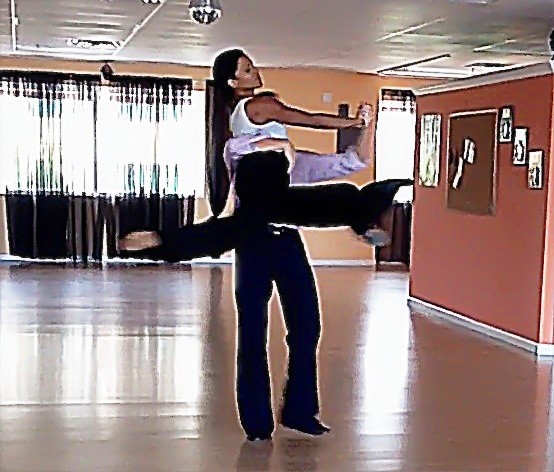
Fifteen years ago, partial and total knee and hip replacements mostly were considered last-resort surgeries for elderly patients who otherwise would be confined to wheelchairs. Since then, a combination of technical advances and cultural changes has broadened the audience seeking treatment for complex joint issues.
At the Leone Center for Orthopedic Care, I am seeing more patients at an earlier age for whom treatment is about restoring more than just mobility, but also lifestyle. Patients today want to get back active lives, which often include sports such as tennis and jogging.
At the American Academy of Orthopaedic Surgeons annual meeting, a study was presented indicating that more than 4.5 million people in the U.S. have had knee replacement surgery and that joint replacement surgeries have more than doubled over the past 10 years.
Today, about half the patients who require hip and knee replacements are younger than 65. Knee replacements in patients ages 45 – 54 are projected to increase from less than 60,000 in 2006 to nearly a million by 2030.

So what’s changed? Enter the midlife baby boomers who over the past decade have widened the patient audience and created a marked shift in the age of patients seeking treatment for a variety of joint issues. While osteoarthritis and obesity still rank most highly as causes for joint deterioration, baby boomers have grown up thinking they could continue rigorous physical activity well into middle age and beyond. They did not consider the wear and tear on their joints.
Younger, active patients tend to ask more in-depth questions and also are more insistent than many older patients about being able to return to sports and other activities after surgery. Due to improvements in implant designs, prosthetic materials, surgical techniques and often less recovery time, the medical community is more confident in recommending partial and total joint replacement surgeries for younger patients. And, patients are demanding it.
Joint replacement still is a serious surgery; however, surgical techniques are so much more refined and the surgeries are so much less invasive that we are more liberal about post-operative patients returning to activities sooner, within reason.
One of my patients in her mid 40s, who required a total hip replacement, is now back to dancing, her lifelong hobby. She now is learning partner lifts and other ballroom dance moves that she would not have been able to do prior to her surgery. She told me she now is able to exercise and look forward to something “fun” everyday.
For me as a surgeon, seeing a picture of her doing a lift with her instructor speaks volumes. Joint repair and replacement surgery is not just about restoring mobility anymore. It’s about giving people back a quality of life and the ability to fulfill their dreams and ambitions.
We thank you for your readership. If you would like a personal consultation, please contact our office at 954-489-4575 or by email at LeoneCenter@Holy-cross.com.





